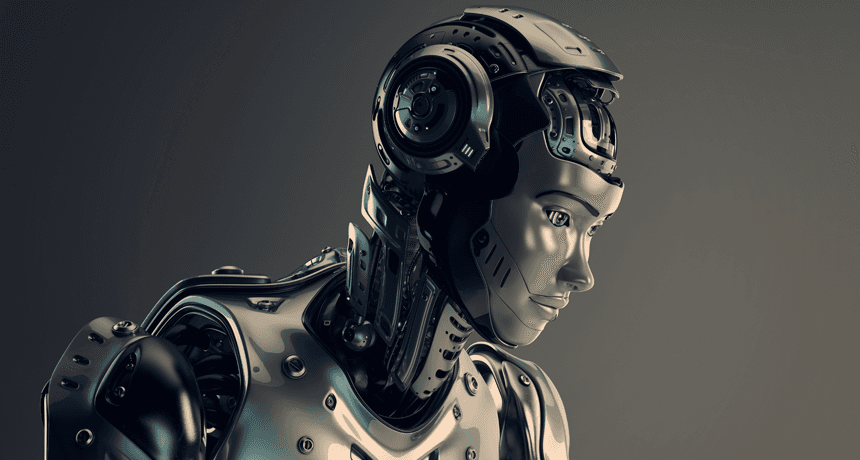
Feb 6, 2024
The Future of Web 3
The Future of Web 3: Decentralized, Secure, and User-Centric
The internet has undergone tremendous transformations since its inception. From the static websites of Web 1.0 to the interactive platforms of Web 2.0, the web has continuously evolved to become more dynamic and accessible. However, with these advancements came centralization, data privacy concerns, and a lack of user control. Enter **Web 3**, the next stage in the evolution of the internet that promises to reshape the way we interact online. But what exactly is Web 3, and what does its future hold?
What is Web 3?
Web 3, often referred to as the decentralized web, is a new paradigm that aims to return control of the internet to its users. Unlike the current Web 2.0, which is dominated by centralized platforms (think Google, Facebook, Amazon), Web 3 leverages blockchain technology and decentralized protocols to create a more transparent, secure, and user-centric internet.
In Web 3, data is not stored on centralized servers controlled by a few tech giants. Instead, it is distributed across a network of nodes, ensuring that no single entity has complete control. This decentralization has profound implications for privacy, security, and user autonomy.
Key Features of Web 3
1. Decentralization: The core principle of Web 3 is that no single entity should control the web. Blockchain technology, which underpins Web 3, enables the creation of decentralized applications (dApps) that operate on peer-to-peer networks. This ensures that data and power are distributed rather than centralized.
2. User Ownership: In Web 3, users own their data. Instead of giving up personal information to access services, users can control what data they share and how it is used. This shift empowers individuals to take control of their online identities.
3. Trustless Systems: Web 3 operates on trustless mechanisms, meaning that transactions and interactions do not require intermediaries or middlemen. Smart contracts, which are self-executing contracts with the terms directly written into code, facilitate this trustless environment.
4. Interoperability: Web 3 aims to create a more connected and seamless experience across different platforms and applications. Protocols like Polkadot and Cosmos are working towards making blockchain networks interoperable, allowing data and assets to flow freely across ecosystems.
Enhanced Security: With decentralized storage and cryptographic protocols, Web 3 offers enhanced security against hacks, data breaches, and unauthorized access. Users can interact online with greater confidence that their data is safe.
The Future of Web 3: What to Expect
1. Decentralized Finance (DeFi) Revolution: DeFi is already making waves in the financial world by offering decentralized alternatives to traditional banking services like lending, borrowing, and trading. In the future, we can expect DeFi to become even more integrated into everyday life, offering users more control over their financial assets and reducing the need for intermediaries.
2. Rise of Decentralized Autonomous Organizations (DAOs): DAOs are organizations governed by smart contracts rather than traditional hierarchical structures. As Web 3 gains traction, DAOs will become more prevalent, enabling communities to self-govern and make decisions collectively without the need for centralized leadership.
3. Metaverse Expansion: The concept of the metaverse—a virtual world where people can interact, work, and play—will be heavily influenced by Web 3 technologies. Decentralized platforms will power the metaverse, giving users true ownership of their digital assets, such as NFTs, and enabling a more immersive and equitable virtual experience.
4.Enhanced Digital Identity: Web 3 will revolutionize how we manage our digital identities. Instead of relying on centralized platforms to authenticate our identities, decentralized identity solutions will allow users to prove their identity without compromising their privacy. This will be particularly valuable in areas like online voting, secure communications, and access to services.
5. Privacy-Preserving Applications: With growing concerns over data privacy, Web 3 will usher in a new era of privacy-preserving applications. These apps will use cryptographic techniques to protect user data, ensuring that personal information remains private and secure, even when interacting with other users or services.
6. Challenges Ahead: While the potential of Web 3 is immense, there are challenges to overcome. Scalability remains a key issue, as blockchain networks need to handle a large number of transactions without compromising speed or security. Additionally, the user experience of Web 3 applications must improve to attract mainstream adoption. Regulatory hurdles will also play a significant role in shaping the future of Web 3, as governments grapple with how to oversee decentralized technologies.
Conclusion: A More Equitable Digital Future
The future of Web 3 is bright, offering a more equitable, secure, and user-centric internet. By decentralizing control and empowering users, Web 3 has the potential to reshape industries, from finance to social media, and create new opportunities for innovation. However, achieving this vision will require collaboration, technological advancements, and careful consideration of the challenges ahead.
As we move towards a Web 3 future, the internet will no longer be a space dominated by a few powerful entities. Instead, it will be a decentralized network where individuals have greater control over their data, identities, and online interactions. The promise of Web 3 is a more open, transparent, and user-driven internet—an exciting prospect for the future of the digital world.
Aug 8, 2024
The Next Frontier of Decentralized Automation
Aug 15, 2024
The Rise of Robots in SaaS Companies
Feb 28, 2022
Unlocking Autonomous Economies
See all posts




